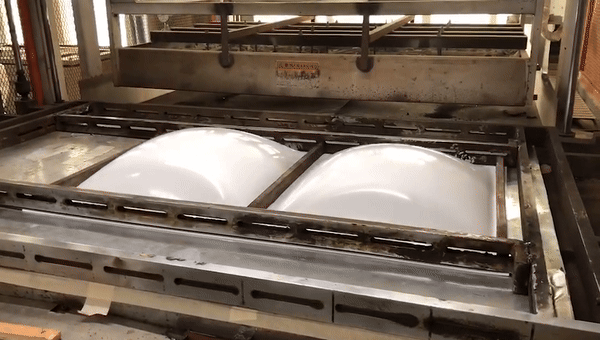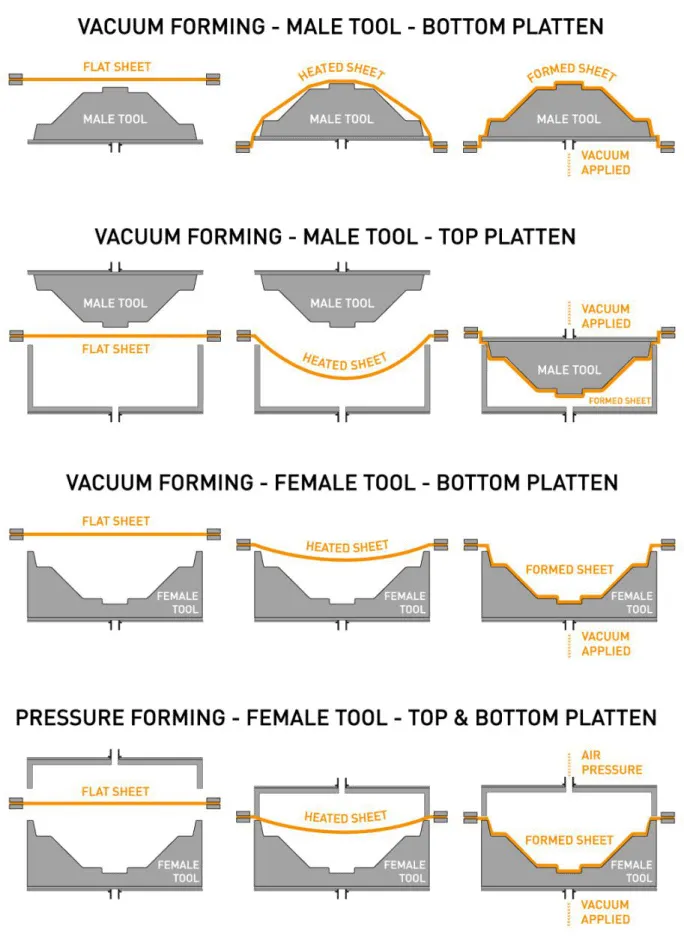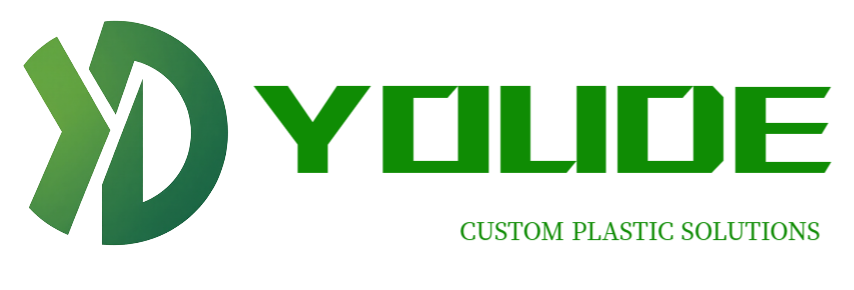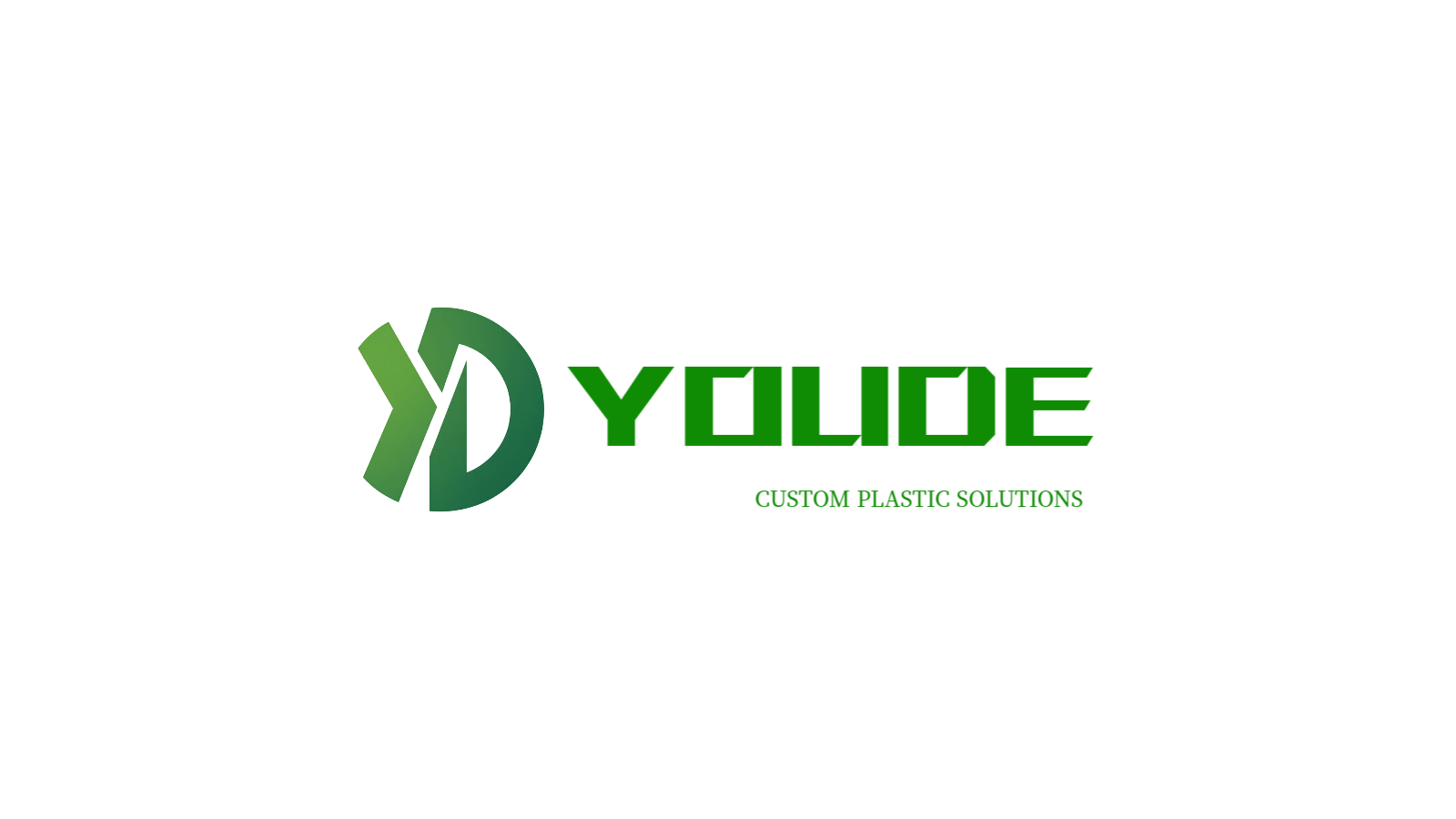Understanding Vacuum Forming: The Versatile Plastic Manufacturing Process Vacuum forming1, also known as thermoforming2, stands as one of the most widely adopted plastic manufacturing techniques3 in modern industry. This process has revolutionized how we create everything from packaging materials to automotive components, offering manufacturers a cost-effective solution for producing high-quality plastic products with exceptional versatility.

The Fundamentals of Vacuum Forming Technology
At its core, vacuum forming is a thermal plastic shaping process that transforms flat thermoplastic sheets4 into three-dimensional products. The technique operates on a straightforward yet highly effective principle: a thermoplastic sheet is heated until it becomes pliable, then drawn over a mold using vacuum pressure, creating the desired shape as the material cools and solidifies.
This manufacturing method emerged during the 1930s as manufacturers sought more efficient alternatives to traditional forming techniques. Today, it represents a simplified yet powerful variant of the broader thermoforming2 family, capable of producing both temporary and permanent plastic components across diverse industries.
The Science Behind the Process
The vacuum forming process leverages the thermoplastic properties of polymer materials. When heated to their glass transition temperature, these materials become malleable while maintaining their molecular structure. The vacuum creates negative pressure beneath the mold, effectively pulling the softened plastic sheet into intimate contact with the mold surface, ensuring accurate reproduction of details and textures.
Tooling Systems: Male vs. Female Molds5
The success of any vacuum forming operation heavily depends on proper tooling design. Two primary mold configurations dominate the industry:
Male Molds6 (Positive Molds) These convex-shaped tools offer several advantages for manufacturers. The formed product's exterior surface contacts the mold directly, allowing the material thickness to mask minor tool imperfections and deliver superior surface finishes. Male tooling typically requires lower initial investment and proves ideal for applications where aesthetic appearance is paramount.
Female Molds5 (Negative Molds) Featuring concave cavities, female molds excel in applications requiring precise internal dimensions. They minimize webbing issues and enable tighter material utilization, potentially reducing raw material costs. However, they generally demand higher tooling investments due to their complex construction requirements.

Professional mold designers typically recommend incorporating draft angles of at least 3° to facilitate easy part removal and extend tool life. Material selection for molds ranges from aluminum for production runs to specialized composites for prototype development.
Economic Advantages of Vacuum Forming
Vacuum forming1 presents compelling economic benefits compared to alternative manufacturing processes like injection molding or compression molding:
- Lower Tooling Costs: Molds require significantly less material and machining time
- Rapid Prototyping: Quick turnaround from concept to physical prototype
- Scalable Production: Suitable for both low-volume custom work and high-volume manufacturing
- Material Efficiency: Minimal waste generation compared to subtractive processes
These advantages make vacuum forming particularly attractive for companies developing new products, managing small-scale production runs, or requiring rapid design iterations.
The Manufacturing Workflow
Modern vacuum forming follows a systematic approach ensuring consistent quality and efficiency:
1. Design and Tooling Development
Professional mold makers evaluate 3D CAD models, optimizing designs for manufacturability while confirming dimensional accuracy and appropriate draft angles. Aluminum remains the preferred tooling material for its excellent thermal conductivity and machining characteristics.
2. Vacuum Forming Operation
The core process involves several critical steps:
- Material Preparation: Thermoplastic sheets are secured in clamping frames
- Heating Phase: Controlled heating systems bring materials to optimal forming temperatures
- Forming Cycle: Vacuum pressure draws heated plastic over the mold surface
- Cooling Stage: Controlled cooling ensures dimensional stability
- Part Removal: Finished components are extracted from tooling
3. Secondary Operations
CNC machining7 provides precision finishing, with both 3-axis and 5-axis systems enabling complex geometries and tight tolerances. Computer-controlled operations ensure repeatability and accuracy across production runs.
4. Quality Assurance
Comprehensive testing protocols verify dimensional conformance, material properties, and surface quality standards.
Applications and Material Selection
Vacuum forming1 serves diverse industries producing lightweight yet durable components that traditionally required heavier materials like sheet metal or fiberglass. Common applications include:
- Packaging Solutions: Protective cases, display stands, and custom packaging
- Automotive Components: Interior panels, covers, and housing elements
- Medical Devices: Equipment housings, protective covers, and specialized trays
- Consumer Electronics: TV back covers, computer housings, and appliance components
- Agricultural Products: Seedling trays, hydroponic systems, and storage containers
Material Portfolio
Modern vacuum forming utilizes an extensive range of thermoplastic materials, each offering unique properties:
- ABS (Acrylonitrile Butadiene Styrene): Impact resistance and dimensional stability
- PETG (Polyester Copolymer): Chemical resistance and optical clarity
- Polystyrene (PS): Cost-effectiveness for disposable applications
- Polycarbonate (PC): High-temperature performance and transparency
- Polypropylene (PP): Chemical resistance and flexibility
- PVC (Polyvinyl Chloride): Weather resistance and durability
- Acrylic (PMMA): Optical clarity and UV stability
These materials can be enhanced with additives for UV resistance, flame retardancy, impact resistance, and specialized surface treatments, expanding application possibilities.
Industry Perspectives and Future Trends
As sustainability becomes increasingly important, vacuum forming offers significant advantages through material recyclability and process efficiency. The industry continues evolving with advanced heating systems, improved mold materials, and automated handling systems that enhance productivity while reducing energy consumption.
Emerging trends include the integration of Industry 4.0 technologies for process monitoring, predictive maintenance, and quality control automation. Smart manufacturing systems are enabling real-time optimization of heating cycles, vacuum pressures, and cooling rates, resulting in improved part quality and reduced cycle times.
The growing demand for customized products and rapid prototyping8 continues driving innovation in vacuum forming technology. Advanced materials, including bio-based thermoplastics and recycled content formulations, are expanding the process's environmental benefits while maintaining performance standards.
Vacuum forming1's combination of versatility, cost-effectiveness, and environmental responsibility positions it as an increasingly vital manufacturing process for companies seeking competitive advantages in today's dynamic marketplace.
Explore this link to understand the fundamentals of vacuum forming and its applications in various industries. ↩
Learn about thermoforming and its differences from vacuum forming to grasp the broader context of plastic manufacturing. ↩
Discover various plastic manufacturing techniques to see how vacuum forming fits into the larger picture. ↩
Find out more about thermoplastic sheets and their critical role in the vacuum forming process. ↩
Learn about Female Molds and their advantages for precision applications in vacuum forming. ↩
Explore the benefits of Male Molds to see why they are preferred in certain applications. ↩
Learn how CNC machining enhances the precision and quality of vacuum-formed products. ↩
Explore how vacuum forming speeds up the prototyping process, making it ideal for product development. ↩


